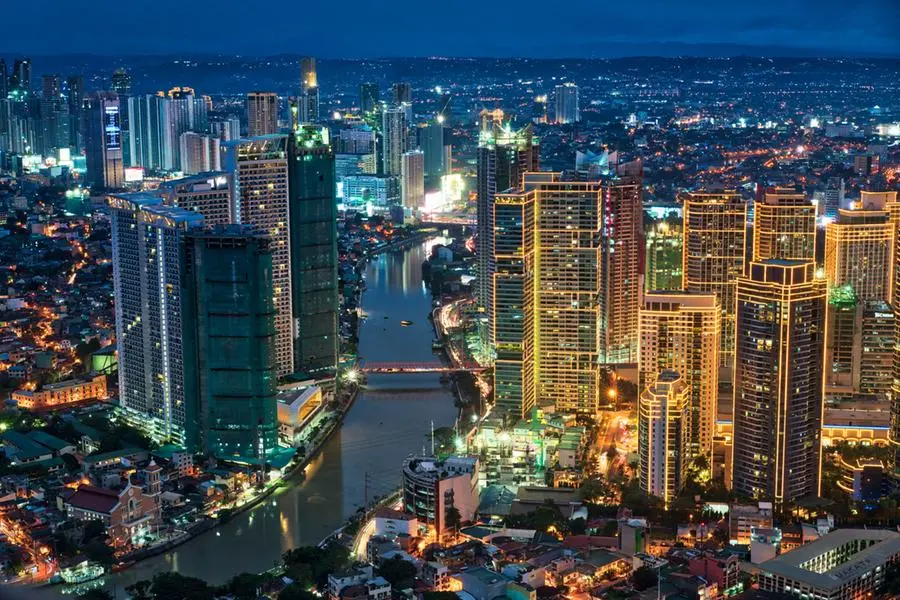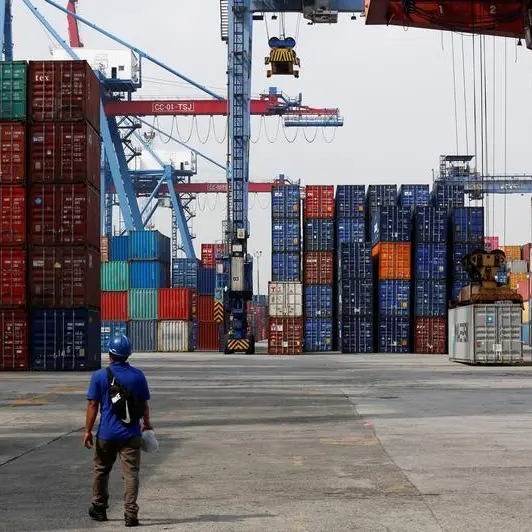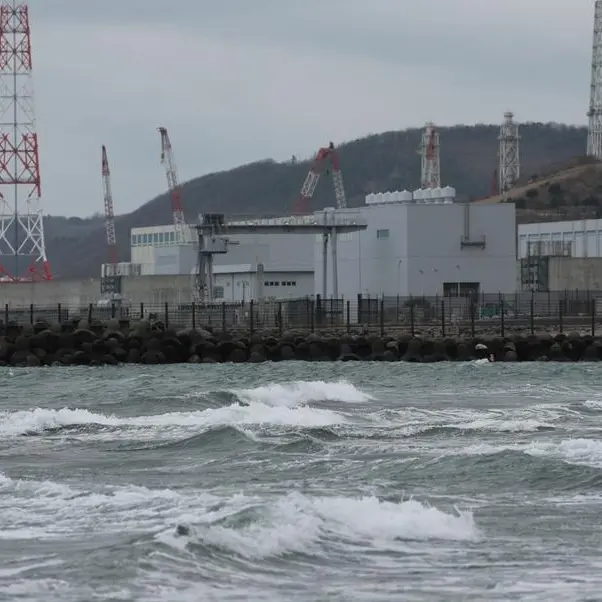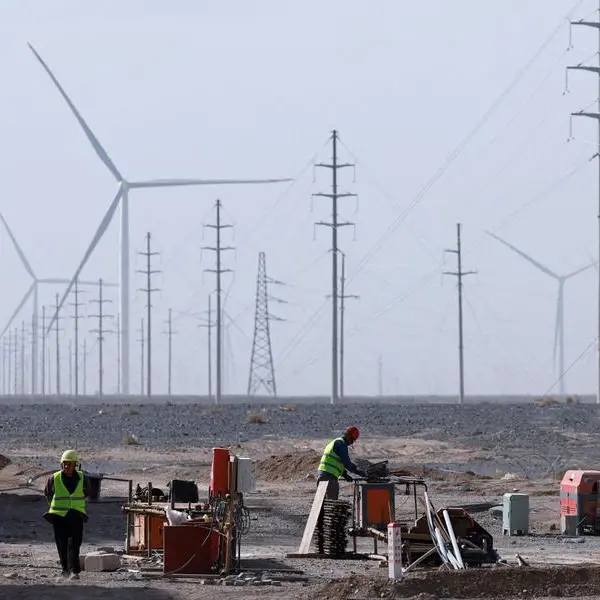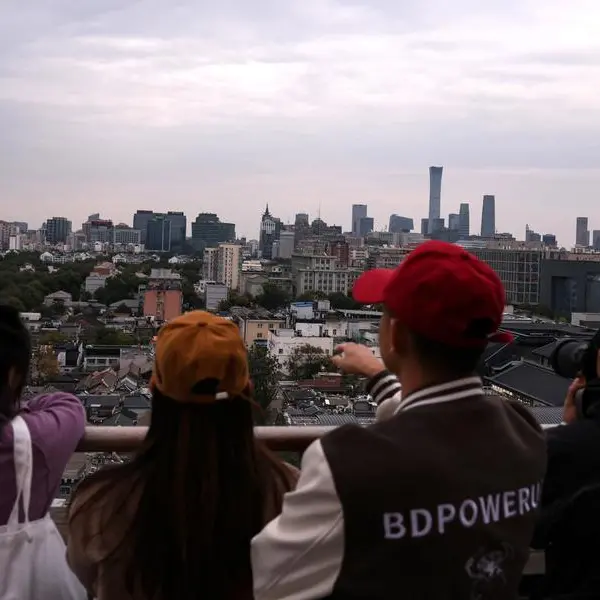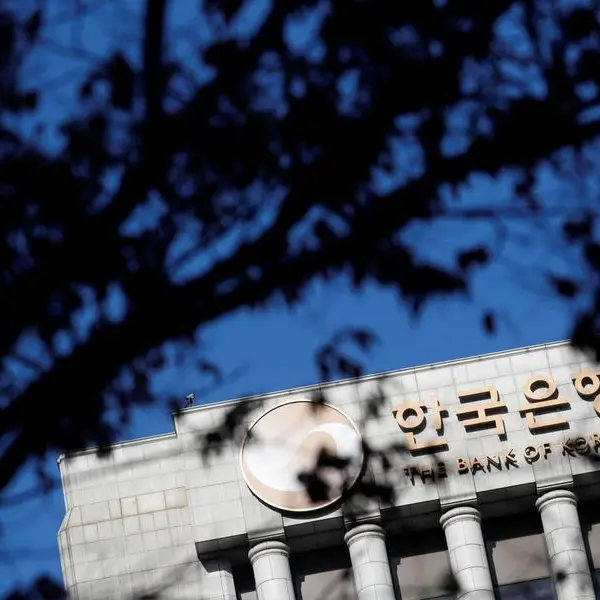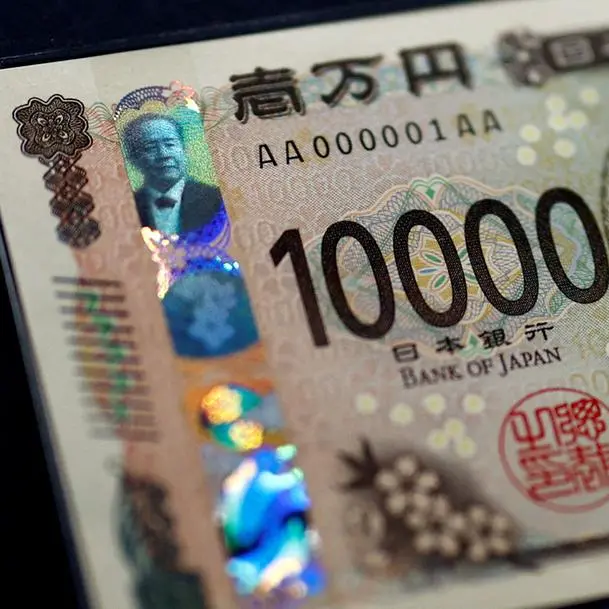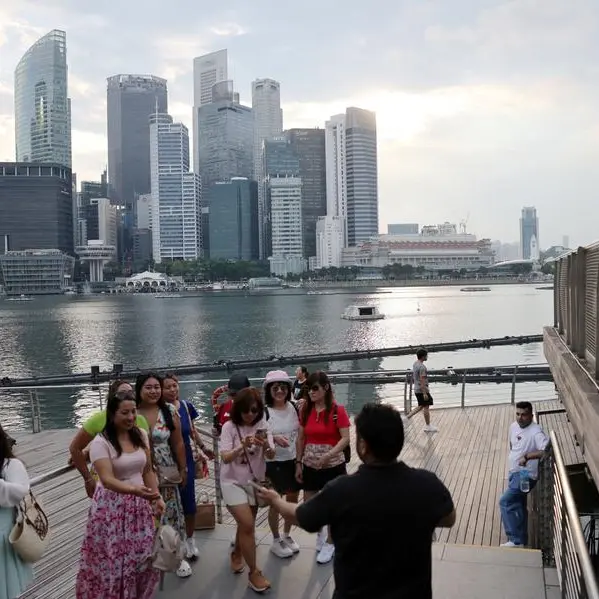PHOTO
Economists expect gross domestic product (GDP) growth in the first quarter to slow down sharply from 8.2 percent a year ago as elevated inflation and higher interest rates reined in consumer spending and capital formation.
Alvin Ang, chair of the Department of Economics at the Ateneo de Manila University, said GDP expansion in the first quarter likely settled at 7.4 percent.
'Our estimate is 7.4 percent for the first quarter led by services, growing close to 10 percent particularly transport and accommodation,' Ang said.
China Bank chief economist Domini Velasquez said GDP likely grew by 6.8 percent from January to March, also slower than the 7.1-percent growth in the fourth quarter last year.
'Agriculture probably held up in the first quarter, driven by palay and corn production, as the weather was favorable during the quarter. However, challenges such as the African swine fever and some bird flu outbreaks mitigated the growth of livestock and poultry,' Velasquez said.
She noted that the manufacturing sector continued to expand albeit in a more moderate pace, while construction was likely hampered by high construction costs and slow rollout of the government's infrastructure program.
'Of the major sectors, services likely outperformed, helped by the remaining pent-up demand momentum,' she said.
According to Velasquez, household consumption likely moderated as persistently high inflation cut down Filipinos' disposable income and government spending remained muted due to fiscal consolidation efforts and the devolution of some services to the local government units with the implementation of the Mandanas ruling.
She said the Bangko Sentral ng Pilipinas (BSP) has raised key policy rates by 425 basis points since May last year to tame inflation and stabilize the peso.
'Moving forward, we expect GDP in the coming quarters to print lower without the momentum from the pandemic reopening. Moreover, we will likely see high inflation and interest rates take a bite on economic activities. Starting this May, we will feel the full effect of the start of BSP's monetary tightening cycle the previous year,' Velasquez said.
UnionBank chief economist Ruben Carlo Asuncion and ING Bank lead economist Nicholas Mapa both said GDP grew at a slower rate of 6.5 percent in the first quarter.
'We expect a softer cyclical backdrop in the first quarter as GDP growth glides down to within the pre-pandemic potential. Our latest GDP forecast results suggest a weaker cyclical backdrop in the first quarter with growth reverting to within the potential pre-pandemic growth of six to 6.5 percent. In our view, a high interest rate setting contributed to the expected slowdown of first quarter growth from last year's heated pace of more than eight percent on the back of re-opening themes,' Asuncion said
Despite GDP's expected slower pace, Asuncion said policymakers could take comfort in the economy having adequate demand space to absorb tightening policy effects without causing an abrupt decline.
Asuncion cited the stagnant buying power of remittances from overseas Filipino workers (OFWs) in February that is a downside risk for domestic consumption; the double-digit decline of both exports and imports although resulting in a better-than-expected trade deficit, as well as the material reduction of bank loan growth after adjusting for inflation.
Mapa cited the less pronounced contribution from capital formation from January to March due to high borrowing costs and government spending.
'We will need to see support from government spending and a resurgence in capital formation or investment outlays,' Mapa said.
He pointed out that overall consumption is still upbeat as pent-up demand remains evident.
'We could see overall growth moderate in the coming quarters as base effects complicate an already challenge landscape of sticky inflation, elevated borrowing costs and high debt levels,' Mapa added.
Rizal Commercial Banking Corp. chief economist Michael Ricafort and Philippine National Bank economist Alvin Arogo said GDP growth slowed sharply to six percent for the first quarter.
Arogo said consumer spending growth would slow down amid the high inflation this year.
He also cited slower capital formation due to higher interest rates as well as the minimal increase in government expenditures as indicated in the approved fiscal program.
After normalizing at six percent in the first quarter, Ricafort said GDP could settle between 5.5 and 6.5 percent this year and beyond, amid the country's favorable demographic sweet spot/ or majority of the population of more than 110 million already at working age since 2015.
Meanwhile, Oxford Economics assistant economist Makoto Tsuchiya said in an email that the Philippine economic growth may have slowed to 4.4 percent in the first quarter as elevated prices may have dampened consumption,
Tsuchiya said private consumption, the biggest component of GDP, may have slowed amid a fading reopening boost, higher interest rates, as well as inflation.
'Higher lending rates likely affected sentiment as well as the ability to borrow, while higher inflation reduced real purchasing power of households. Weaker labor market, as shown by the increase in the unemployment rate, also likely constrained household spending,' Tsuchiya said.
Copyright © 2022 PhilSTAR Daily, Inc Provided by SyndiGate Media Inc. (Syndigate.info).
